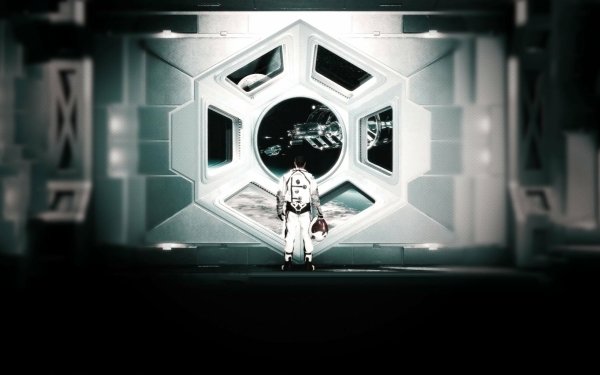

The chalk is made up of ancient pulverised shells of tiny organisms called coccolithophore. At a global scale, the air we all breathe contains oxygen largely as a result of photosynthetic life, while an important part of the UK’s national identity for some - the white cliffs of Dover - are comprised of countless numbers of tiny marine organisms that lived more than 70 million years ago. That’s certainly the case with life on Earth. Years later, my research involves thinking about how surface life can affect the atmosphere, oceans and even rocks of the planet it lives on. As a young boy, I had lain on the grass on clear summer evenings and looked up at one of the dots in the night sky and wondered if around that star a planet orbited with beings that could look up from the surface of their world and similarly wonder about the chances of life being found within the unremarkable solar system we call home in the universe. In many ways, that had been my dream job. Previously, I had worked as a research scientist on an international astrobiology project based in Germany. At the time, I was a new lecturer in the area of complex systems and Earth system science. That episode marked a clear boundary between two stages of my academic career. Untold devastation awaits us if radical action is not taken. Credit: Frans Delian/ In generating these narratives we hope to bring areas of interdisciplinary research to a wider audience. The team is working with academics from different backgrounds who have been engaged in projects aimed at tackling societal and scientific challenges. The Conversation’s Insights team generates long-form journalism derived from interdisciplinary research. This article is part of Conversation Insights

He gave a sigh, paused for a few seconds, and a sad, resigned smile crept over his face. “Those living in low-lying nations, the farmers affected by abrupt changes in weather, kids exposed to new diseases?” “But what about the many millions of people directly threatened,” I went on. That wasn’t his hedge, but his best assessment of where, after all the political, economic, and social wrangling we will end up. “Ah, yes, but heading towards,” I countered: “We won’t get to 3☌, will we?” (Because whatever you think of the 2☌ threshold that separates “safe” from “dangerous” climate change, 3☌ is well beyond what much of the world could bear.) “Oh, I think we’re heading towards 3☌ at least,” he said. So I wasn’t expecting much when I straight out asked him how much warming he thought we were going to achieve before we manage to make the required cuts to greenhouse gas emissions. Given the impact the IPPC’s findings can have on policy and industry, great care is made to carefully present and communicate its scientific findings. The IPCC reviews the vast amounts of science being generated around climate change and produces assessment reports every four years.

The IPCC was established in 1988 as a response to increasing concern that the observed changes in the Earth’s climate are being largely caused by humans. It was the spring of 2011, and I had managed to corner a very senior member of the Intergovernmental Panel on Climate Change ( IPCC) during a coffee break at a workshop. And so it’s the smell of that bad coffee which has become entwined with the memory of my sudden realization that we are facing utter ruin. Odours are powerfully connected to memories.

The sort of coffee I would drink continually during the day to keep whatever gears left in my head turning. The sort of coffee that results from overfilling the filter machine and then leaving the brew to stew on the hot plate for several hours.


 0 kommentar(er)
0 kommentar(er)
